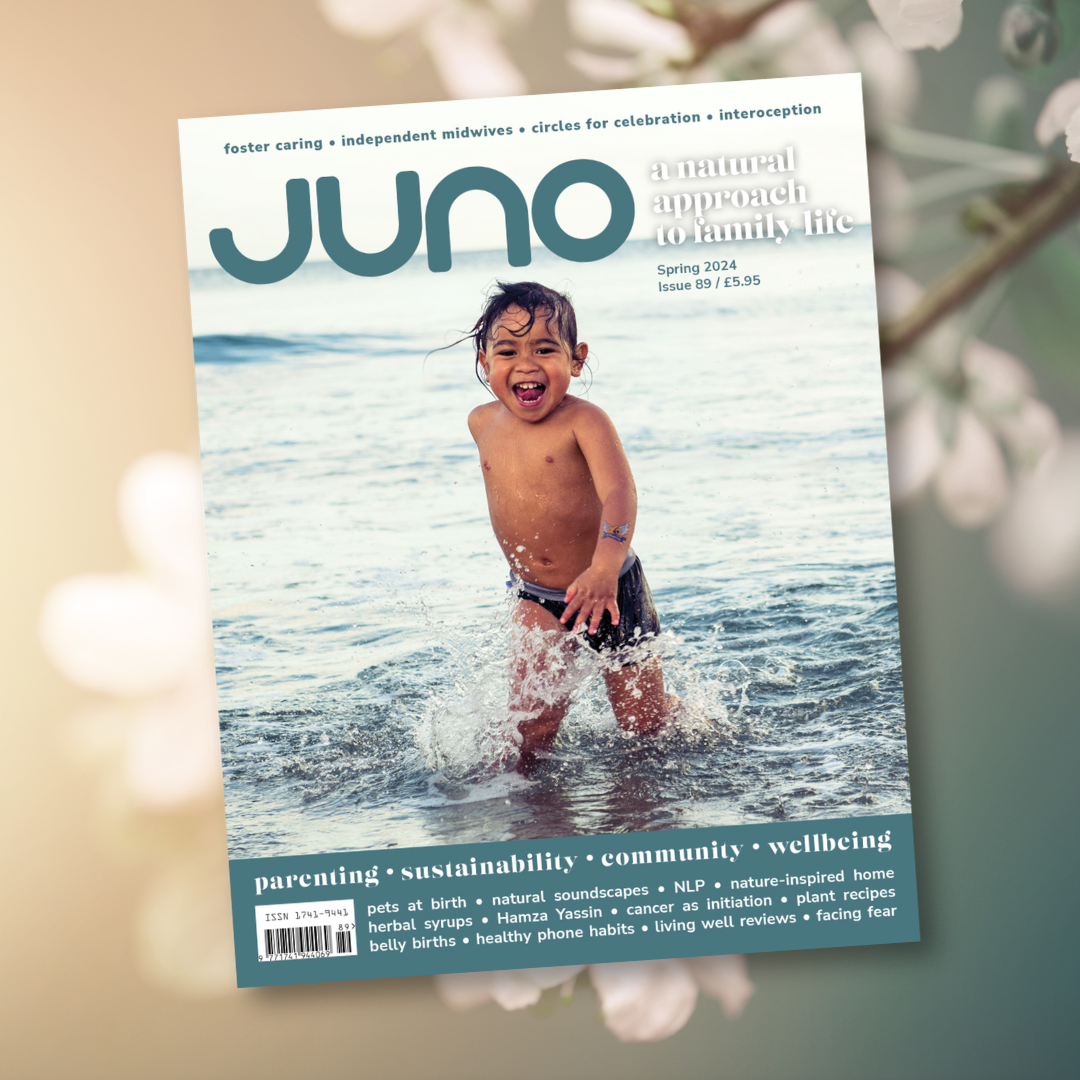How do you begin to understand the notion of hypnobirthing? For some, depending on your lived experiences, this may come quickly, yet for others, hypnobirthing might be a curious concept that might take some time to get your head around. Perhaps you have never even thought that this could be relevant to you.
Maybe a hypnobirth looks unattainable to you too. As with other things in life, we’ve all at some point been in awe of Someone Else’s strength and stood in astonished admiration of their resilience. Well, that Someone Else can be you too, in your labour: cool, calm and controlled.
Would hypnobirthing sound more relevant and attainable if I told you that its power is already right there inside you? Remember, we all hold exceptional skills, it’s just that sometimes these skills are lost amongst the humdrum of life and the ever-turning hamster wheel. But buried somewhere in there, I promise you can have a positive birth experience using hypnobirthing superpowers from within – whether it’s a vaginal birth or elective c-section, whether it’s a clinical setting or out in the woods, and whether it’s with or without pain relief. It’s also OK to ‘have a wobble’ in labour, just so long as adrenaline levels stay in check, and don’t start to dominate the experience.
Here’s how to begin exploring hypnobirthing: simply by understanding the central role our senses play.
Sight
What brings you joy? Is it a picture of a seascape, a childhood memory, a holiday, or a loved one? Whatever it is, a visually pleasing image can instil a sense of confidence and strength. Maybe the thing that’s guaranteed to bring you joy isn’t something as tangible as a photograph; it could be a memory of having achieved something, for instance. Calling this chosen memory to mind and visualising it can make us feel empowered, activating an amazing can-do attitude.
Similarly, assuming you have a chosen birth partner, or even a health care provider to support you in your birth, simply looking at that person can provide a source of encouragement. Our eyes are powerful tools and when we make this human connection, even without a voice in the picture, this can carry a strength that by default you can absorb and utilise.

Touch
Though gestures of touch in labour can sometimes be met with a firm ‘Leave me alone!’, the reason we so often see people being touched in labour is because for many it is comforting and acts as a form of distraction to the sensations being experienced. In fact, as little as five minutes of gentle or firm touch by someone you trust is enough to release a strong release of oxytocin and your natural endogenous endorphins. Oxytocin is known as the love hormone because it’s released during sex, orgasm, birth and breastfeeding. Oxytocin’s main function in labour is to bring on contractions but in terms of engaging our senses to stimulate oxytocin, this can help because it reduces stress, calms you down and helps with pain during labour.
Consider spending a few moments identifying where on your body you might like to be touched. This might be on the head or through the hair; it might be a gentle, rhythmic touch across your shoulders and back; it could be the feet, held securely cupped and offering a sense of grounding.
Hearing
Which type of sound brings you a sense of pleasure – and what does it sound like? Is it a piece of music that you intuitively find yourself drifting off to or aimlessly swaying along to?
In actual fact, it’s not just musical sounds that my clients find calming and reassuring; some clients’ sound of choice is a trusted voice: perhaps that of a partner or someone else there’s a deep connection with. I have been asked many times if I would record audio files of my voice for my clients to listen to in labour. And here’s why: it’s simply because they have connected with me on some level or another. Through learning skills, talking, and sharing the support and knowledge needed to take into birth, they’ve awakened their inner strength and used this as one of their labour tools.
Smell
Did you know that even in its absence, recalling a smell can conjure a memory, simply because it was so powerful at the moment in time it was experienced? And that you can relive that memory as if it were happening all over again? Here’s how:
Take two or three breaths in through the nose and slowly exhale through the mouth. Allow yourself this quiet time to engage with your breathing: do you notice how you are starting to soften a little? With the next breath, take your mind to a memory of your choosing, be that recent or long ago. Gently ask yourself to remember the smell that you associate with it. Keep focusing and allow yourself to go back to that comfortable place of reassurance and joy.
How did it go? Did it work for you? Don’t worry if it didn’t; you might find that a quieter and less busy time might be more conducive to success.
Our senses are all linked, in particular our sense of smell connected to our pituitary gland, found just below the brain, behind the nose. Did you know that oxytocin is produced here? This is why it’s imperative to breathe through our noses rather than our mouths. In addition, it engages the part of our brain that holds our memories, and sometimes it is not a clear memory but rather more of a sensation – a feeling of comfort and a sense of being secure and safe. Since smells are never more evocative than when we are pregnant, this is a tremendous tool to use when you labour.
Take time to notice the smells around you and what scents you like or dislike. Then, consider using smells that are positive for you during your labour, surrounding yourself with them, and engaging the pituitary gland to help stimulate the production of oxytocin.
So you see, the power of hypnobirthing comes in many forms, and in truth, in this short article, I have barely scratched the surface. Hypnobirthing is, amongst many things, a method to help you feel confident, secure and informed. For me, ultimately, it allows us to re-frame our perception of what is, way too often, fear-based childbirth.
Whilst there’s no single correct way to give birth, there is in my opinion one way to ensure you can achieve the best possible experience: using your senses to channel your inner strength and to develop skills for a positive experience.
____
Erika Townend is proudly part-Italian. She is fluent in the language, is mum to two glorious children, and is a smitten Labrador-owner too. Erika’s journey took a 180 degree turn after having had her first child and the corporate world was exchanged for one that she felt more organically connected to – becoming a doula. Becoming a hypnobirthing instructor followed a few years later and her passion for photography has blossomed alongside her birth work. erikatownendbirth.co.uk
____
Published in issue 71. Accurate at the time this issue went to print.



